Your Cart is Empty
Orders can take up to 3 weeks at times.

Some days afield, it's all four seasons in a day. That's mountain weather.
For most mountain hunters, there is predictable daily vertical breezes. These diurnal winds help you to sneak downhill on that bedded buck, with a strong uphill breeze blowing into your face. Again, in the late afternoon, the cooling reversal of the breeze back downhill, helps with your return uphill, or cool that meat overnight.
Those "winds" are different than weather--sort of. Diurnal winds happen nearly everyday--more or less. That's localized weather; up-drafts and down-drafts, basically heating of a surface, and rising heat, plus orographic lift.
Weather prediction is not difficult to master. To gain the necessary skills to forecast weather for your next hunt, some mentoring and practice each day is all you need, to gain proficiency. It's reassuring to know you have an 80% idea as to what the days weather will deliver.
The smartest way learn is to start a journal, or log your notes, even forecast the following days weather! I use my cell-phone to photograph clouds, then make a prediction. Over a weeks-time, you'll notice "patterns," and those tell-tale signs, and before long you'll have mastered the basics.
Some old wives tales, or rhyming folk lore, has some relevance:(https://tww.id.au/weather/forecast.html) "Red sky in morning, Sailor's take warning; Red-sky at night, Sailor's delight," and, a Biblical source for weather, Matthew, 16:2-3.
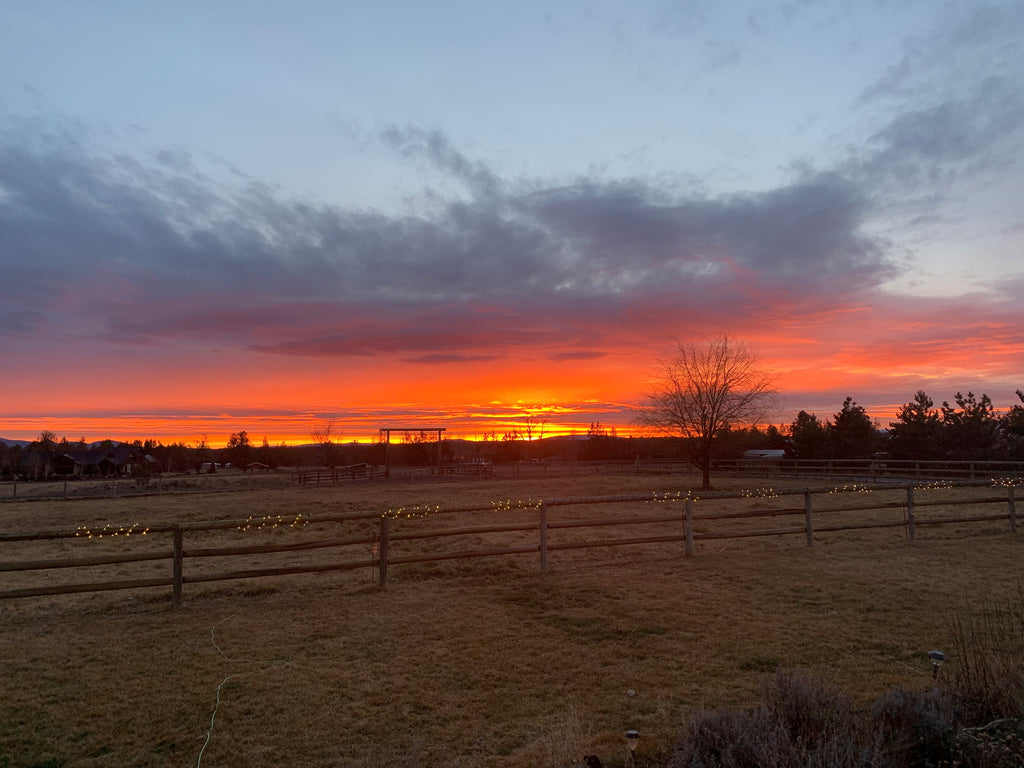
The savvy backcountry hunter should know the basics of what the sky is telling us. Meteorology, a science, may require a four-year degree, but these five tips can get you started to understanding basic weather.
Keep these five things in mind, and you'll stay ahead of the weather curve.
1). Grab-and-Go forecast.
2). Know the Climate, and Weather Patterns, where you hunt.
3). Look to the Sky.
4). Look at the Trees, the Ground, and the Clouds.
5). Put it all together.
Lets get started...
1). Grab-and-Go forecast. Know how to get a "spot weather forecast," and why you need a seven-day forecast before you go afield. Online NOAA forecasts, are the only source for the most accurate of weather-forecasting. With even a few days-forecast, use the first few days to note any consistencies or changes.
"The Devil is in the details..." means, careful observations, but it only takes a few times a day. If you carry an FRS/GMRS radio, with weather-radio capabilities, and you have enough elevation to gain a signal, then try one of six National Weather Service weather channel alerts, and weather forecasts.
2). Know the Climate, and Weather Patterns, where you hunt. Where I live in Central Oregon, we are in fairly-close proximity to the ocean (<200 miles), and mere miles from one of the steepest rain-shadows in the world. That proximity to both, can create subtle challenges, but the "Basics" are all there to assist in your predictions with about 80% accuracy, and that's pretty damn good!
Where I hunt, on the Oregon-Idaho divide, it is the deepest canyon in North America, and like many mountain ranges, produces its own localized weather--primarily precipitation--through something called orographic lift.
I've had more snow accumulate in archery season, than elk hunts that began in early November--just how it can be.
Know the seasonal weather patterns where you hunt. For me, its Spring rains.

Summer thunderstorms,

and Fall winds. Lenticular formations, are "telling you," the winds are headed for the surface...
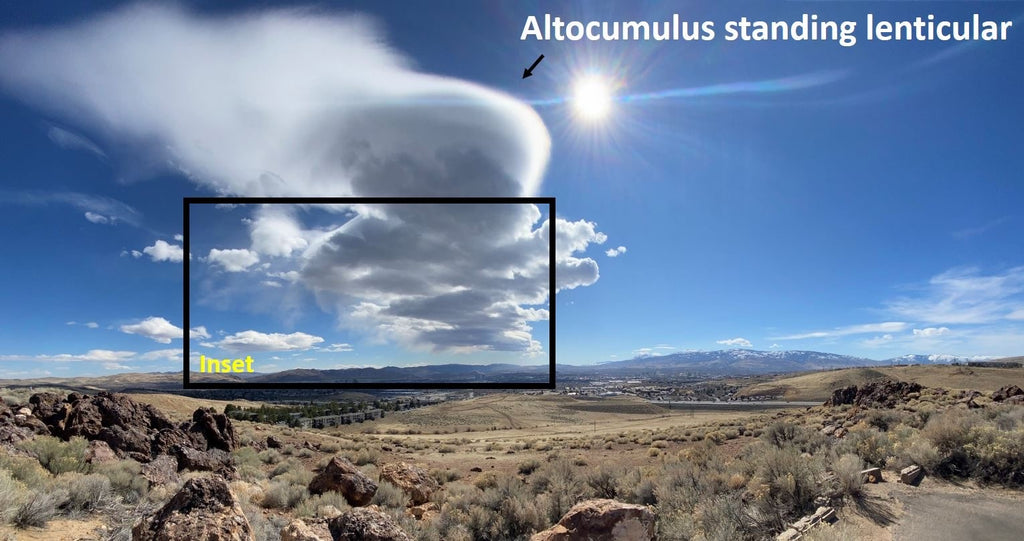
From a satellite, the clouds over the ocean are from cold air, and the cold front is creating high winds, aloft...

From the ground, a spectacular "Mountain wave," just west of my home in Central Oregon--an outstanding lenticular sunset...
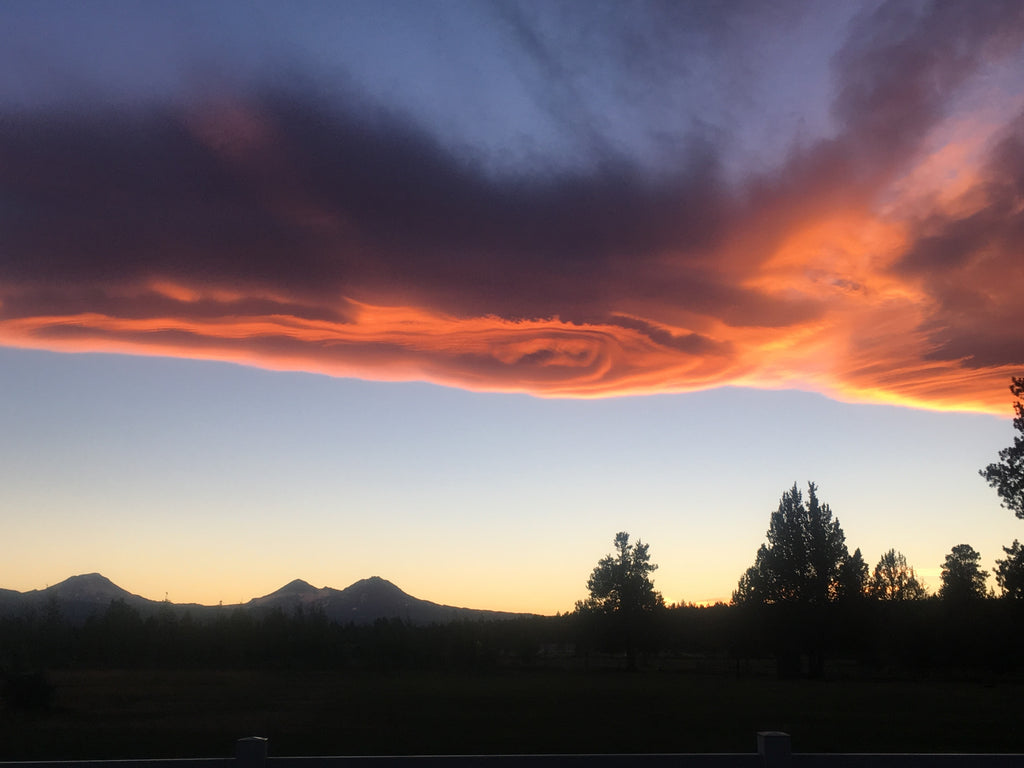
Most of us aren't hunting big game in winter, but if you are, know that winter cold fronts are your biggest threat, and they move fast. They can move-in twice as fast as a summer cold-front, and obviously become a problem when two-feet of snow arrives "unexpectedly."
Here's a spring example: For my bear hunt, I know that April/May is normally very wet. Once we get into a wet-cycle, we get daily showers and resultant ground-fog, after a shower.
For a hunter, knowing this, one can plan accordingly to be below the fog, or be completely fogged out, if too high.
3). Look to the Sky. Each day, a weather pattern has signs that help you plan your hunt, and whether or not, to pack that rain-gear. Just like a Paramedic, Nurse Practitioner, or Doctor, each patient-evaluation involves signs and symptoms, including "pertinent negatives"--those things that don't exist, that are still important in creating a care-plan.
Look skyward upon arrival at your hunt area; make notes, or keep a journal, if needed. Learn to identify five or six clouds, or formations that will predict impending precipitation--whether snow or rain. Start with, Cirrus clouds,

and Halo's, that form days ahead of cold-fronts.
Watch for jet-contrails, that don't dissipate. "Horsetails" (Cirrus clouds), and "fish-scales," or a "mackerel-sky" (All three below),

that tells of an impending weather scenario.
4). Look at the Trees, the Ground, and the Clouds. If wind direction is constant, day-after-day, then you are probably in High-Pressure (a Ridge of high pressure). changes in wind direction tell of a change of weather.

A Ridge will have warm clear days, and cold nights (depending on where you sleep: cold in the creek bottoms, warmer mid-elevations), with Northwest to Northerly winds each day, that start around 10:00 A.M. Few clouds each day, and dew, or frost at night/early mornings.
A high pressure system normally indicates cool, but dry air. It means that cold air is pressing downward. The cold air falls while warm air rises. This is because cold air is denser than warm air. Since it is denser, it weighs more and the pressure is high. This also means that evaporation of water--in the atmosphere, is at a minimum, so there are fewer clouds and fairer weather. Winds are a wrapping in a clock-wise direction
The opposite is true of a low pressure system. When the pressure is low, warm air is rising since it isn’t as dense as the air above it. Evaporation is high since warm air is capable of holding more moisture than cold air, which means that clouds form. If a high-pressure system is abruptly replaced with a low-pressure system, the result is normally the towering anvil-shaped clouds of thunderstorms. Low pressure systems rotate counter clock-wise.
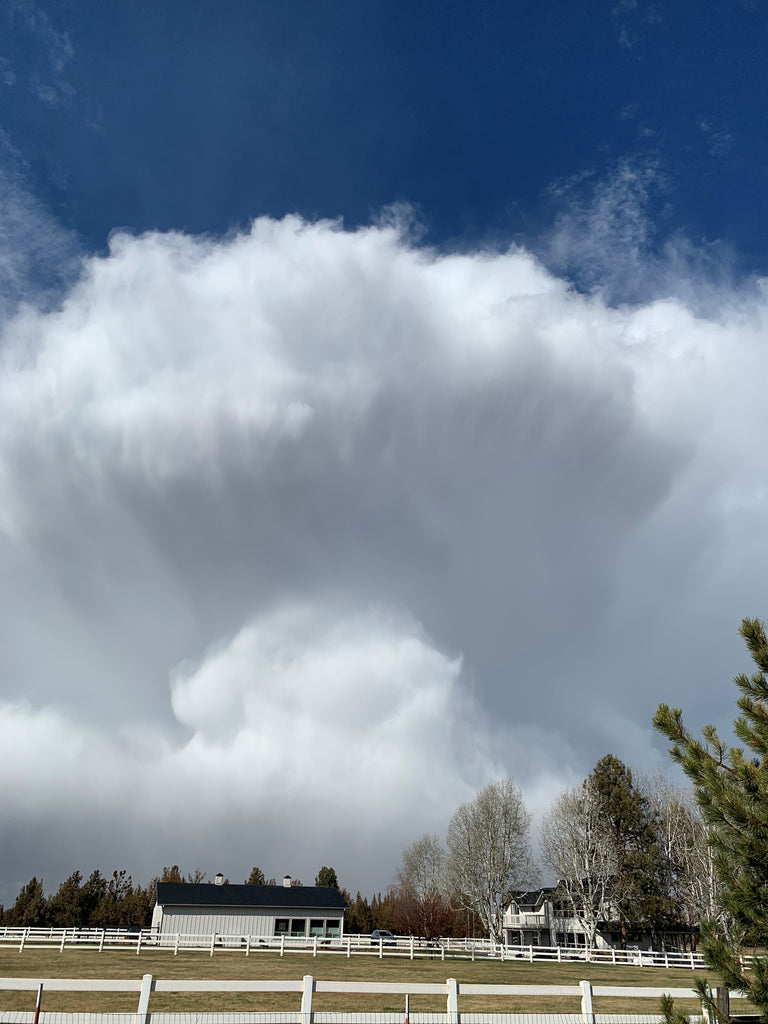
If the low pressure drops enough, a depression, hurricane, typhoon or cyclone develops. Recently, on the Oregon/California border, a "Cyclone Bomb" occurred where the barometric pressure fell rapidly and below a certain pressure. These storms are associated with extreme wind speeds and huge amounts of rain, as well as hail and lightning.
Tree tops can help you judge wind direction, as well as your campfire smoke. Dew, or frost first thing in the morning, or not? What do all of these indicators tell you?
In the fall, out west, there may be Prescribed fires. Are the smoke columns going straight up? Are they stratifying at a certain elevation, and in which direction are they moving?
5). Put it all together. With steps one through four now planted firmly in your frontal cortex, the final step is to consider one through four, in that order, and decide is there something that stands out, or something that is NOT right.
If you have an outlier to the above data, then something else is occurring. The pertinent negative could be a "dirty high," or weak front, either a high or low, that can cause a brief confusing forecast--this is part of the 20% that is tough to get right.
Having basic weather taking instruments can help, even a "weather watch," so consider that basic tool you can wear on your wrist, like my Suunto CORE, wrist watch. It provides a barometer/elevation gauge.
By taking each of the five steps in sequential order, before you launch your next hunt, and observing the sky during your hunt, you'll have a new appreciation for the tell-tale signs in the sky, that you'll come to rely on.
Lastly, if you are curious about weather, there are a number of great books on the subject: Where I live, Pacific Northwest Weather, by George R. Miller, is an applicable favorite, and, The Weather Book, by Jack Williams and USA Today, is an all-time favorite lay-person book. Field guides are also available as well, they give you tons of information with numerous pictures of clouds.
Opening Photo Credit: Russ Tompkins Photography, Redmond, Oregon
Good stuff
Holy Shit Karl, Did you see all those fucking Chemical trails in your fucking picture. Son of a fucking bitch!!!!!!!!!!
Comments will be approved before showing up.
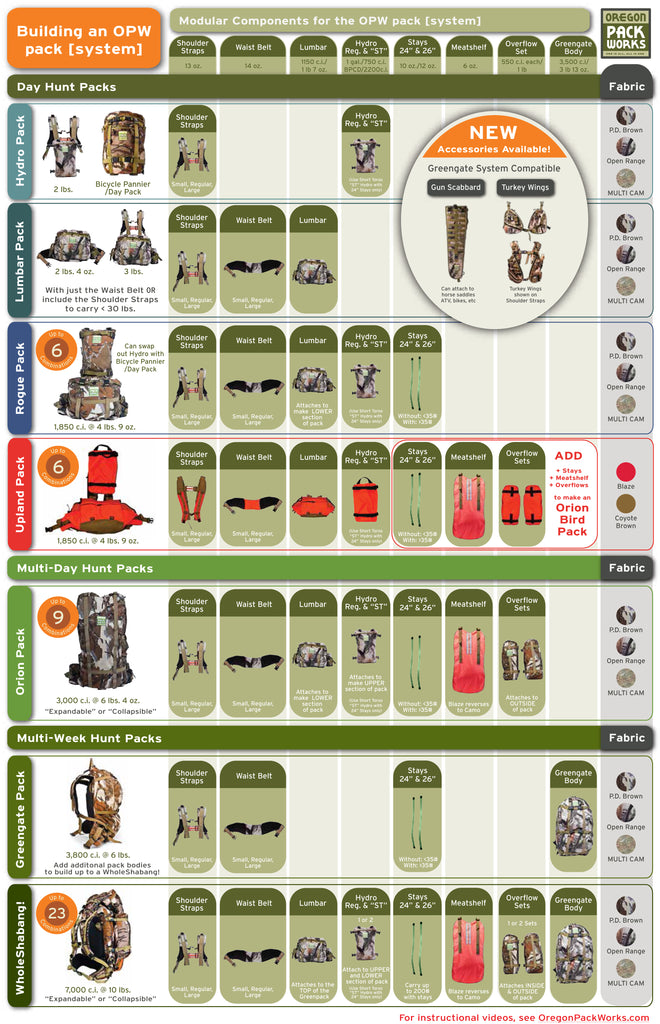

A. Chest
B. Sleeve
C. Waist
D. Inseam
Robert Melton
May 17, 2020
This was a class on Weather and so dense that it requires reading several times to absorb the lesson presented